Snippets
- Discover practical ways to reduce energy waste at home.
- Explore energy-efficient upgrades for sustainable living.
- Learn simple habits to lower utility bills and your carbon footprint.
Table of Contents
ToggleIntroduction
Did you know that enhancing your home’s energy efficiency can save you hundreds of dollars annually while reducing your environmental impact? Improving energy efficiency isn’t just about big-ticket upgrades like solar panels—it can also be achieved with small, impactful changes that add up over time. Whether you’re looking to save on utility bills, live more sustainably, or simply make your home more comfortable, this guide is here to help. Let’s explore expert tips and actionable strategies to boost your home’s energy efficiency today!
Why Energy Efficiency Matters for Every Homeowner
Energy efficiency isn’t just a trendy topic; it’s a practical solution to common homeowner concerns. First, there’s the environmental impact—reducing energy consumption lowers greenhouse gas emissions, which helps combat climate change. Second, it’s a financial win. Homes that prioritize energy efficiency often see significant reductions in monthly utility bills. And let’s not forget about comfort: a well-insulated, efficiently managed home maintains a stable indoor temperature year-round.
Whether you’re motivated by the planet or your wallet, the benefits of energy efficiency are undeniable. Think about it this way—by making a few smart adjustments, you’re investing in a home that works smarter, not harder.
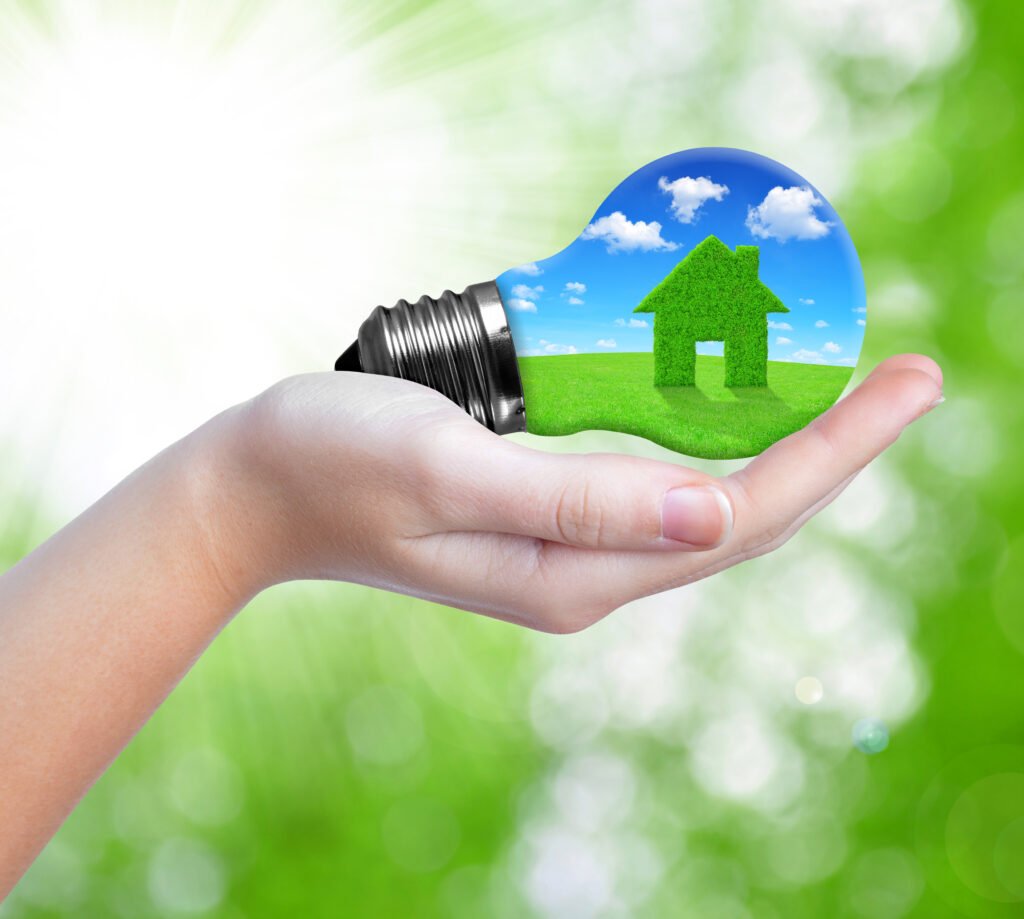
Quick Fixes to Instantly Improve Energy Efficiency
Not all energy-efficient changes require a hefty budget. Here are some quick fixes you can start today:
- Seal air leaks: Drafty windows and doors can waste a significant amount of energy. Use weatherstripping or caulking to seal leaks and prevent hot or cold air from escaping.
- Switch to LED bulbs: LED light bulbs consume up to 75% less energy than traditional incandescent bulbs and last significantly longer.
- Optimize thermostat settings: During the winter, set your thermostat to 68°F when you’re home and lower it when you’re asleep or away. In summer, raise it a few degrees when no one’s home.
These small changes might seem insignificant, but they can have a cumulative impact on your energy bills and the environment.

Stay Informed. Stay Ahead
Join a community that goes beyond the headlines. Our newsletter delivers:
🔹 Curated Industry Insights
🔹 Expert Analysis
🔹 Actionable Impact
No fluff. No generic updates. Just meaningful insights that help you lead in a fast-evolving industry.
Long-Term Upgrades to Maximize Savings
For homeowners ready to invest in energy efficiency, long-term upgrades are the way to go. These improvements may require an upfront cost, but they often pay for themselves through lower utility bills.
- Energy-efficient appliances: Replace old appliances with ENERGY STAR-certified ones. These models use less energy and water while performing just as effectively.
- Solar panels: Generating your own electricity can significantly reduce your reliance on the grid. Many governments also offer tax incentives for solar installations.
- Upgraded insulation: Proper insulation in walls, attics, and basements keeps your home warm in winter and cool in summer, reducing the need for constant heating or air conditioning.
By taking these steps, you’re not just saving energy—you’re also increasing the resale value of your home.
Habits That Promote Sustainable Energy Use
Energy efficiency isn’t just about what you install—it’s about how you live. Developing energy-saving habits can make a big difference over time.
- Unplug devices: Even when turned off, electronics in standby mode consume power. Unplug devices or use a power strip to easily cut off electricity when not in use.
- Use energy-saving settings: Many modern appliances, like washing machines and dishwashers, have eco-friendly settings that use less water and power.
- Educate your family: Make energy efficiency a household effort. Teach kids to turn off lights when leaving a room and keep doors closed to maintain indoor temperatures.
It’s the little things done consistently that lead to lasting savings.
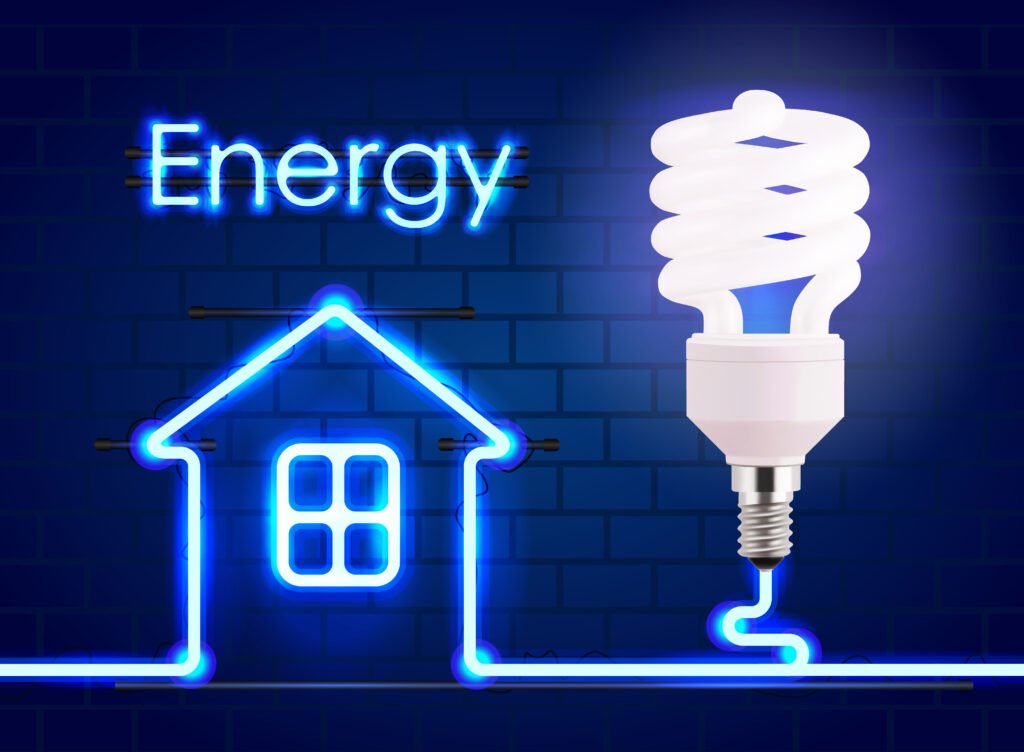
Leveraging Technology for Smarter Energy Management
Thanks to technology, managing your home’s energy use has never been easier. Smart devices allow you to optimize efficiency without constant monitoring.
- Smart thermostats: These devices learn your schedule and adjust temperatures automatically, ensuring you only use energy when needed.
- Home energy monitors: Track your energy usage in real-time to identify where improvements are necessary.
- Energy-saving apps: Some apps analyze your consumption and provide personalized recommendations to reduce waste.
These tools can help you make informed decisions and achieve energy efficiency with minimal effort.
Frequently Overlooked Areas for Energy Improvement
Finally, don’t overlook these smaller details that can have a surprisingly big impact:
- Window treatments: Heavy curtains or blinds can act as an extra layer of insulation, keeping your home cooler in summer and warmer in winter.
- Water heaters: Wrapping your water heater in an insulating blanket minimizes heat loss, especially in older models.
- Landscaping: Planting trees or shrubs around your home can provide natural insulation and shade, reducing the need for air conditioning.
Sometimes, the most effective changes are the ones you didn’t even think about.
Conclusion
Improving your home’s energy efficiency is a journey, not a one-time fix. Whether you’re making small adjustments or planning major upgrades, every step you take contributes to a greener, more cost-effective future. Start with what works for your budget and lifestyle, and remember—it’s about progress, not perfection. Have your own energy-saving tips or success stories? Share them in the comments below, and let’s inspire each other to live more sustainably!

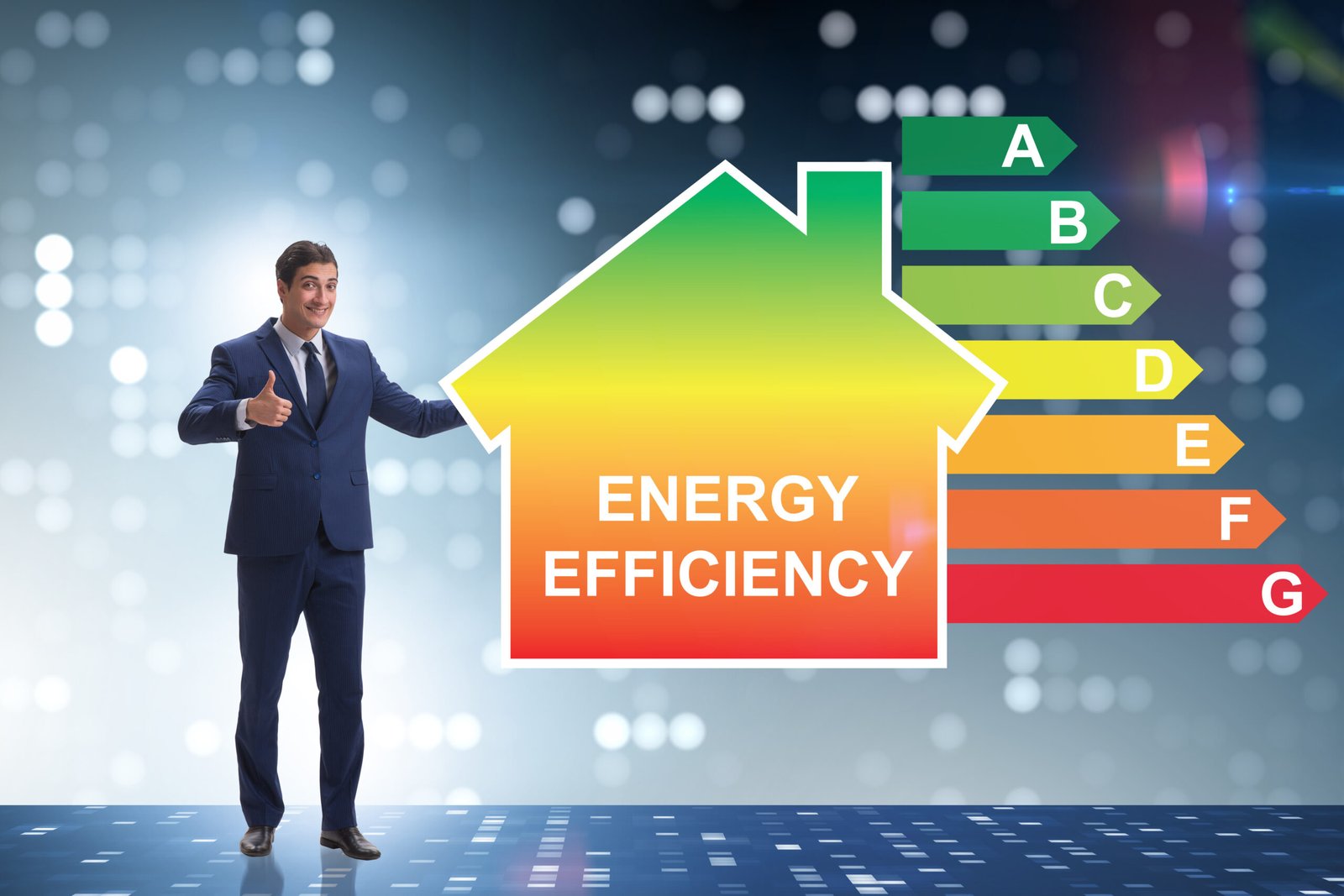
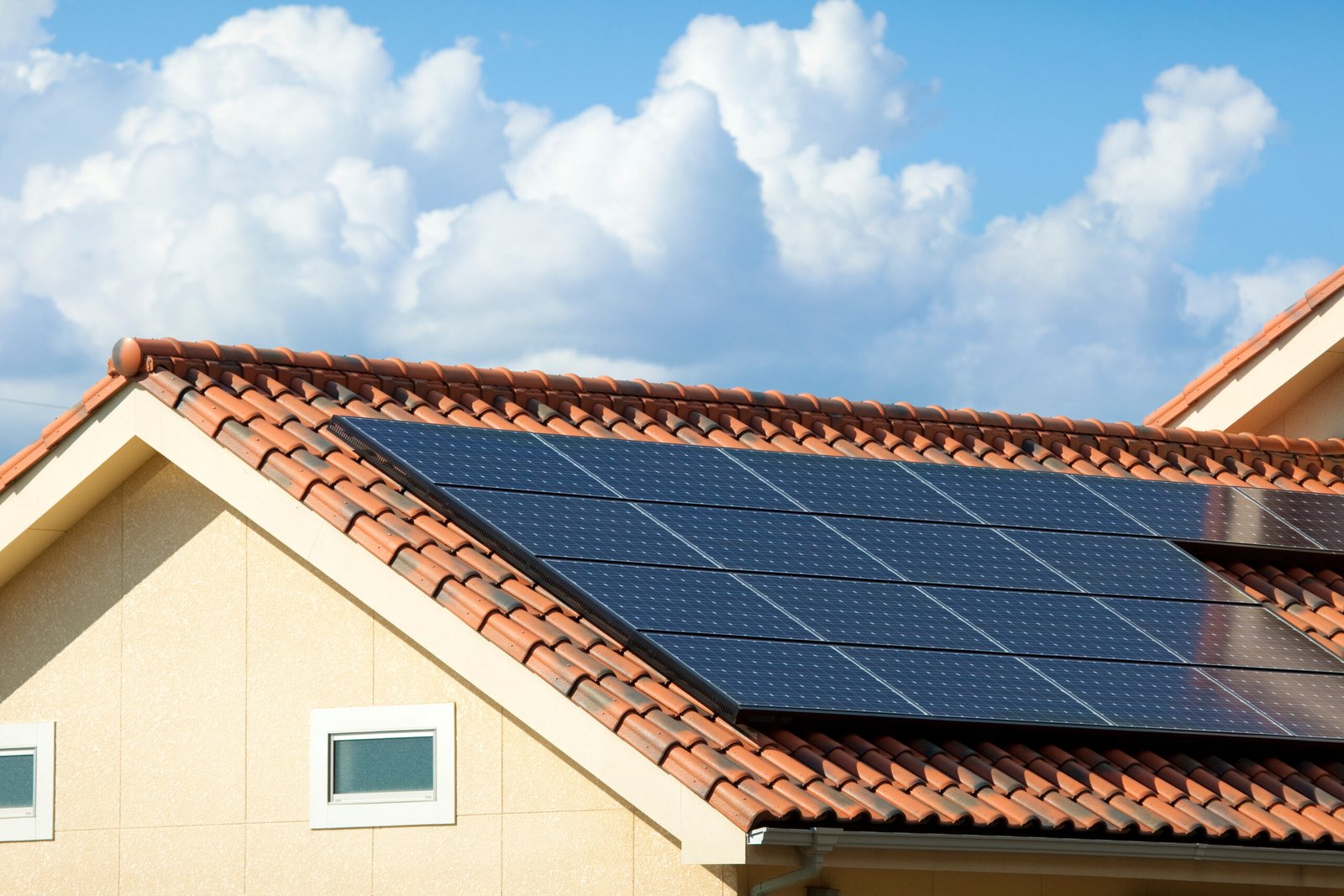

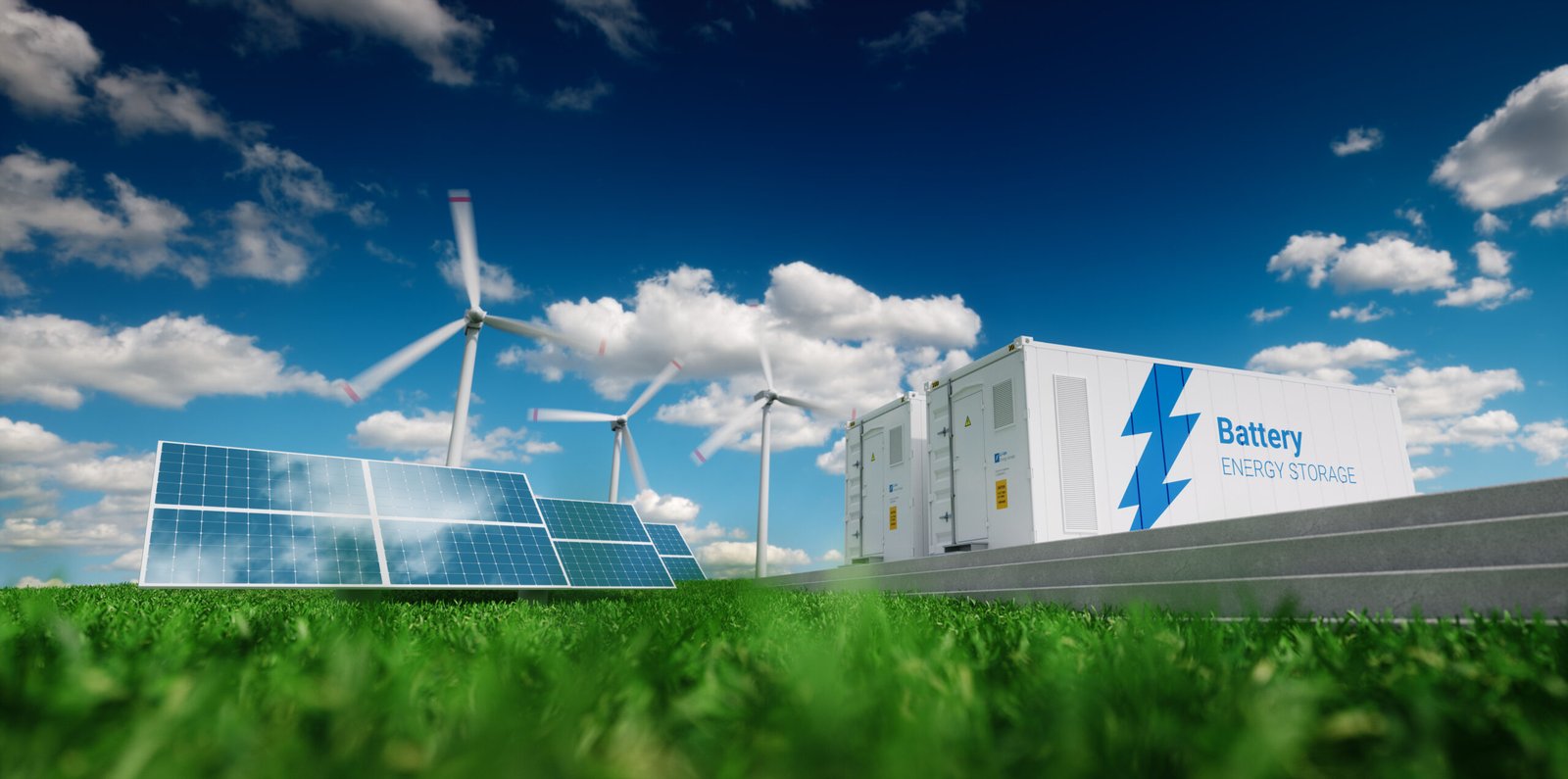

Dice games blend luck and strategy, much like the immersive experiences at SuperPH26. A platform like SuperPH26 Login brings that same thrill with slots and live dealers. Great breakdown!
It’s fascinating how gambling evolved from simple dice games to the complex online experiences we have today! Platforms like phlwin com login are smartly focusing on teaching new players the ropes – a great step for responsible gaming & accessibility. Really helps bridge the knowledge gap!
Interesting analysis! The focus on transparent game mechanics at platforms like winph99 vip really appeals to players who like understanding the odds. Account security & KYC are crucial too, as highlighted – smart moves for both sides!
Really enjoying this article! It’s a great reminder that casual gaming should be fun first. Thinking about checking out a new platform – heard good things about the quick legend link login register process and easy GCash deposits! Seems legit. 👍